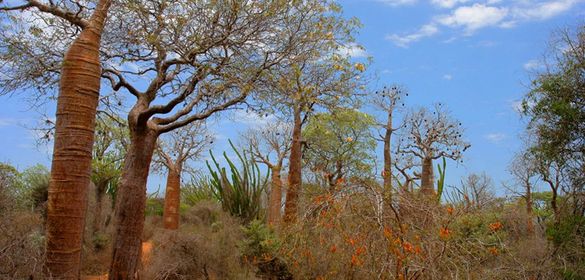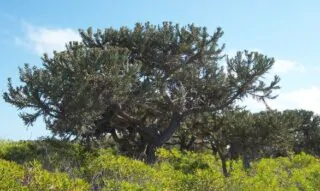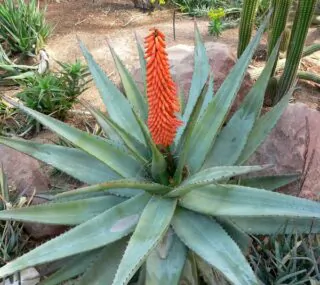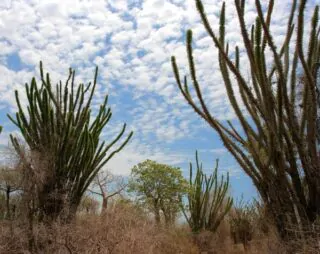The bush of Madagascar, also known as the sub-arid thorny thicket, is a fascinating ecosystem. It covers the southwestern part of the island and is home to exceptional biodiversity. This arid landscape teems with plants and animals adapted to harsh conditions.
Characteristics of the Madagascar Bush
The Madagascar bush is distinguished by its thorny and xerophytic vegetation. Plants here have developed surprising adaptations to survive extreme drought and poor soils. Endemic species like the Didiereaceae—succulent plants with unusual shapes—store water in their tissues. Trees such as baobabs, with their massive trunks, hoard water for dry periods. Thorns protect plants from herbivores and reduce water loss through transpiration.
Fauna Adapted to Arid Conditions
The animals of the Madagascar bush have also evolved to adapt to the dry climate and limited resources. The ring-tailed lemur, recognizable by its banded tail, lives in these areas and withstands high temperatures. It feeds on fruits, leaves, and occasionally insects. The fossa, an endemic predator resembling a small puma, roams these lands in search of lemurs and small mammals. Birds like the giant coua and various reptile species find refuge in this habitat.
Ecological Importance of the Madagascar Bush
This ecosystem plays an important role in the island’s biodiversity. It shelters many species found nowhere else in the world. The plants of the Madagascar bush contribute to soil stability by preventing erosion. They also participate in regulating the local climate by maintaining humidity and moderating extreme temperatures. Additionally, they provide essential resources to local communities, such as wood for construction, medicinal plants, and food
Threats Facing the Bush of Madagascar
Unfortunately, the bush of Madagascar faces numerous threats that jeopardize its future. Deforestation caused by firewood exploitation and the expansion of shifting agriculture reduces its area each year. Overgrazing by domestic livestock degrades soils and prevents natural plant regeneration. Climate change exacerbates arid conditions, leading to more frequent and intense droughts. Illegal hunting and poaching endanger the region’s wildlife, particularly lemurs and fossas.
Ongoing Conservation Efforts
Local and international organizations are actively working to protect the bush of Madagascar. They implement reforestation programs using native species to restore degraded habitats. They raise awareness among communities about sustainable agricultural practices and the importance of biodiversity conservation. The creation of nature reserves, such as the Andohahela Special Reserve, helps preserve habitats and threatened species. Ecotourism initiatives promote environmentally respectful economic development.
How to Help Preserve the Bush of Madagascar
Everyone can contribute to protecting the bush of Madagascar, even from afar. Supporting conservation organizations through donations or volunteering is a concrete action. Promoting responsible tourism by visiting Madagascar in an environmentally respectful way helps local communities. Consuming fair-trade and sustainably certified products encourages practices that preserve ecosystems. Finally, raising awareness among others about the importance of this region can have a positive impact.
Gaël Rakotovao, a research and operations engineer with a degree from the École Supérieure Polytechnique d’Antananarivo and currently CTO at Mada Creative Agency, is also a passionate photographer specializing in Malagasy landscapes, culture, and cuisine. He brings together over 13 years of experience in digital marketing, SEO, training (SEO, photography, crypto-mining), and he also serves as a ministry-certified tourist guide around Madagascar.




